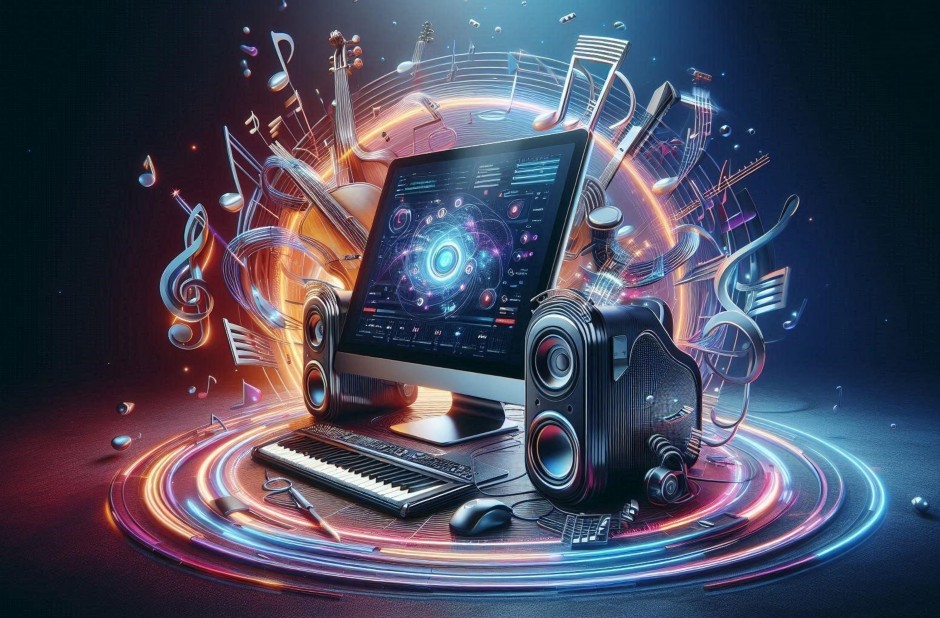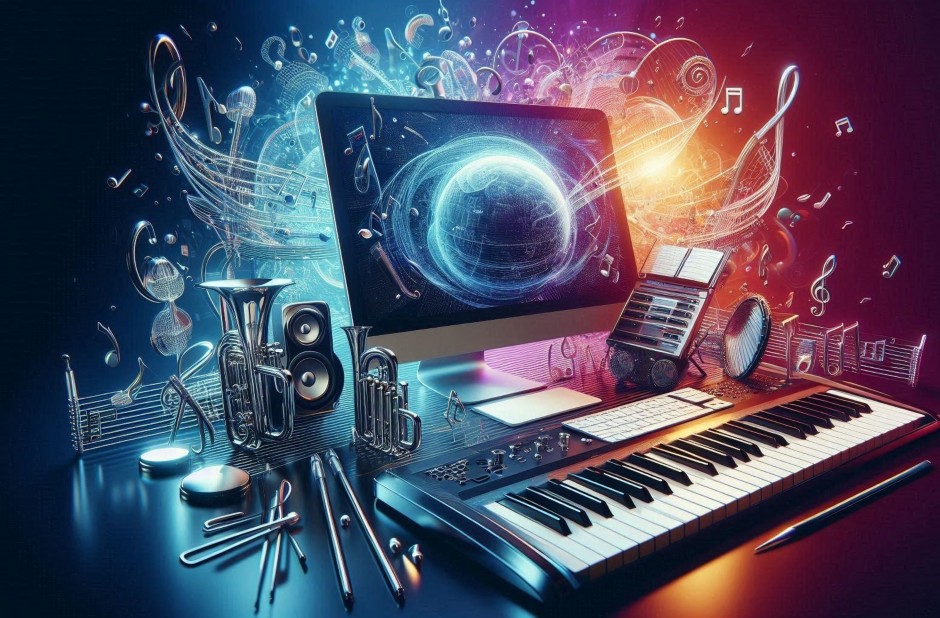In recent years, there has been a significant advancement in the field of Artificial Intelligence (AI) and Augmented Reality (AR). These technologies have become increasingly popular and have the potential to enhance virtual experiences in various fields such as gaming, education, healthcare, and...
Computer Composed a Symphony Like Mozart

In a remarkable fusion of artificial intelligence and classical music, researchers have successfully trained a computer system to compose a symphony that closely mimics the distinctive style of Wolfgang Amadeus Mozart. This groundbreaking achievement represents a significant milestone in computational creativity and raises fascinating questions about the nature of artistic expression in the digital age.
The Technology Behind Musical AI
The development of this Mozart-inspired symphony relies on advanced machine learning algorithms, particularly deep neural networks that have been trained on extensive datasets of classical compositions. The AI system analyzed hundreds of Mozart's works, identifying patterns in melody, harmony, rhythm, and orchestration that define his unique compositional style.
Key Technical Components
- Neural network architecture designed specifically for musical sequence generation
- Training datasets containing digitized scores from Mozart's complete works
- Pattern recognition algorithms that identify characteristic musical phrases and progressions
- Probabilistic models that predict likely musical continuations based on historical patterns
The Composition Process
Creating a symphony that authentically captures Mozart's essence required the AI to understand not just individual musical elements, but their complex interactions. The system learned to recognize Mozart's preference for balanced phrases, his innovative use of modulation, and his masterful orchestration techniques that create the transparent, elegant sound characteristic of the Classical period.
Musical Elements Analyzed
The AI focused on several crucial aspects of Mozart's compositional style:
- Melodic contours and intervallic relationships
- Harmonic progressions and voice leading
- Formal structures typical of Classical symphonies
- Orchestration patterns and instrumental combinations
- Dynamic markings and articulation styles

Critical Reception and Analysis
Music experts who have reviewed the AI-generated symphony report surprising authenticity in its adherence to Mozart's style. The composition demonstrates sophisticated understanding of Classical form, with proper exposition, development, and recapitulation sections that mirror the structural elegance found in Mozart's mature symphonies.
Professional Musicologist Feedback
Several prominent musicologists have noted that while the AI successfully captures many surface-level characteristics of Mozart's style, questions remain about whether artificial intelligence can truly replicate the deeper emotional and intellectual content that makes Mozart's music enduringly powerful. The technical proficiency is undeniable, but the soul of artistic expression remains a subject of debate.
Implications for the Future of Music
This technological achievement opens new possibilities for music education, historical music reconstruction, and collaborative composition between humans and machines. Students can now interact with AI systems that understand classical composition principles, while researchers might use similar technology to complete unfinished works by historical composers or explore "what if" scenarios in music history.
Potential Applications
- Educational tools for teaching classical composition techniques
- Restoration and completion of damaged or incomplete historical scores
- Generation of practice material for musicians studying period performance
- Creative collaboration between human composers and AI systems
Challenges and Limitations
Despite its impressive capabilities, the AI system faces inherent limitations. While it can replicate stylistic patterns and structural elements, it lacks the lived human experience that informed Mozart's creative process. The emotional depth, cultural context, and personal expression that characterize great music remain uniquely human contributions to artistic creation.
As artificial intelligence continues to evolve in creative domains, this Mozart-style symphony serves as both a testament to technological progress and a reminder of the irreplaceable value of human creativity. The intersection of AI and classical music composition promises exciting developments while preserving respect for the timeless artistry of masters like Mozart.



